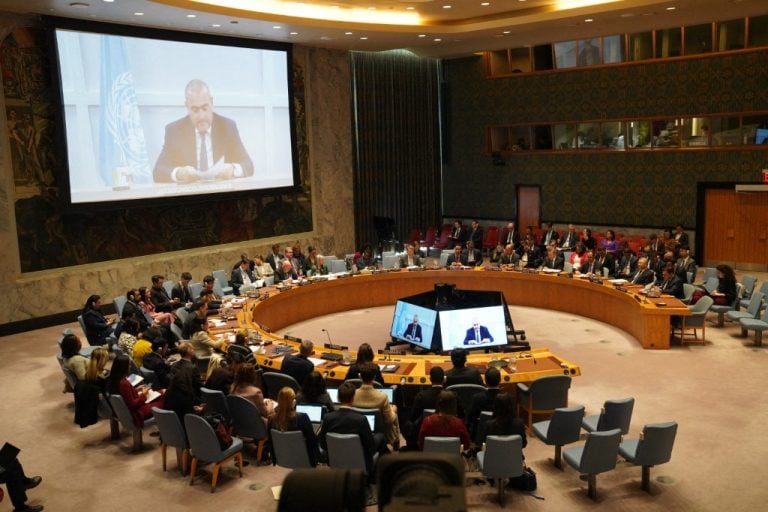Eight European Union member states have recently signed a letter of intent to enhance military mobility across the continent, a move prompted by the ongoing conflict in Ukraine. This initiative aims to foster quicker responses among European allies to any potential military threats from the eastern region.
The countries involved—Belgium, the Czech Republic, Germany, Luxembourg, the Netherlands, Poland, Slovakia, and Lithuania—will collaborate on several fronts. Their efforts will focus on infrastructure development, alongside the introduction of joint monitoring, movement coordination, and improved information-sharing practices.
The plan seeks to expand upon the existing Netherlands-Germany-Poland model corridor by extending it to the west through Belgium and Luxembourg, and to the east via Lithuania, the Czech Republic, and Slovakia.
According to a statement from the Lithuanian Ministry of National Defence, the establishment of the Central North European Military Mobility Region is intended to standardize the procedures needed for crossing national borders, ensuring cohesive monitoring and coordination of military movements. The initiative emphasizes the need for effective information exchange, synchronized infrastructure development, and better interaction among participating countries.
However, several challenges remain that hinder the seamless transportation of military assets across European borders. These include regulatory and infrastructure limitations as well as varying capabilities among member states.
Regulatory issues arise from a landscape of differing national rules and administrative processes. These differ in terms of requirements for military border crossings, restrictions on vehicle weights and dimensions, and assorted customs procedures. Additionally, a significant number of European roads, bridges, railways, ports, and airports are not appropriately designed to accommodate heavy military vehicles or large-scale convoys.
Logistical capabilities also differ dramatically between countries, further complicating efforts for coordinated military mobility. The Lithuanian Ministry of National Defence highlighted that military mobility is vital for contemporary defense, describing it as the capacity to move troops, equipment, weapons, and other resources efficiently and securely, whether by land, rail, air, or sea. The successful execution of this requires a cohesive approach to infrastructure, vehicle operations, legal regulations, and logistics.
In light of its geographical position, Lithuania is actively implementing infrastructure projects geared towards facilitating rapid military movement, exacerbated by borders with Russian-aligned Belarus and the Russian exclave of Kaliningrad. Current initiatives include modifications to the Via Baltica to meet military specifications and the advancement of the Lazdijai–Alytus–Vilnius road project to bolster the traffic capacity of the strategically important Suwałki Corridor.
Additionally, Lithuania is heavily investing in upgrades to its internal transport network, ensuring efficient links between deployed forces and key training sites in Pabradė and Rūdninkai. Plans are also underway to create a Tri-Baltic Military Mobility Zone, extending the existing Central Northern European Military Mobility Region further north, thereby establishing a contiguous space that supports rapid military maneuvers and enhances regional deterrence strategies.
Minister of National Defence Robertas Kaunas emphasized that effective military mobility is a top priority for Lithuania and will be supported through continuous infrastructure development and coordinated transport measures. This involves a commitment to strengthening the pivotal links of NATO’s eastern flank, particularly in collaboration with neighboring nations such as Poland and Latvia, utilizing various funding sources, including national and EU development funds, to achieve these strategic objectives.


















